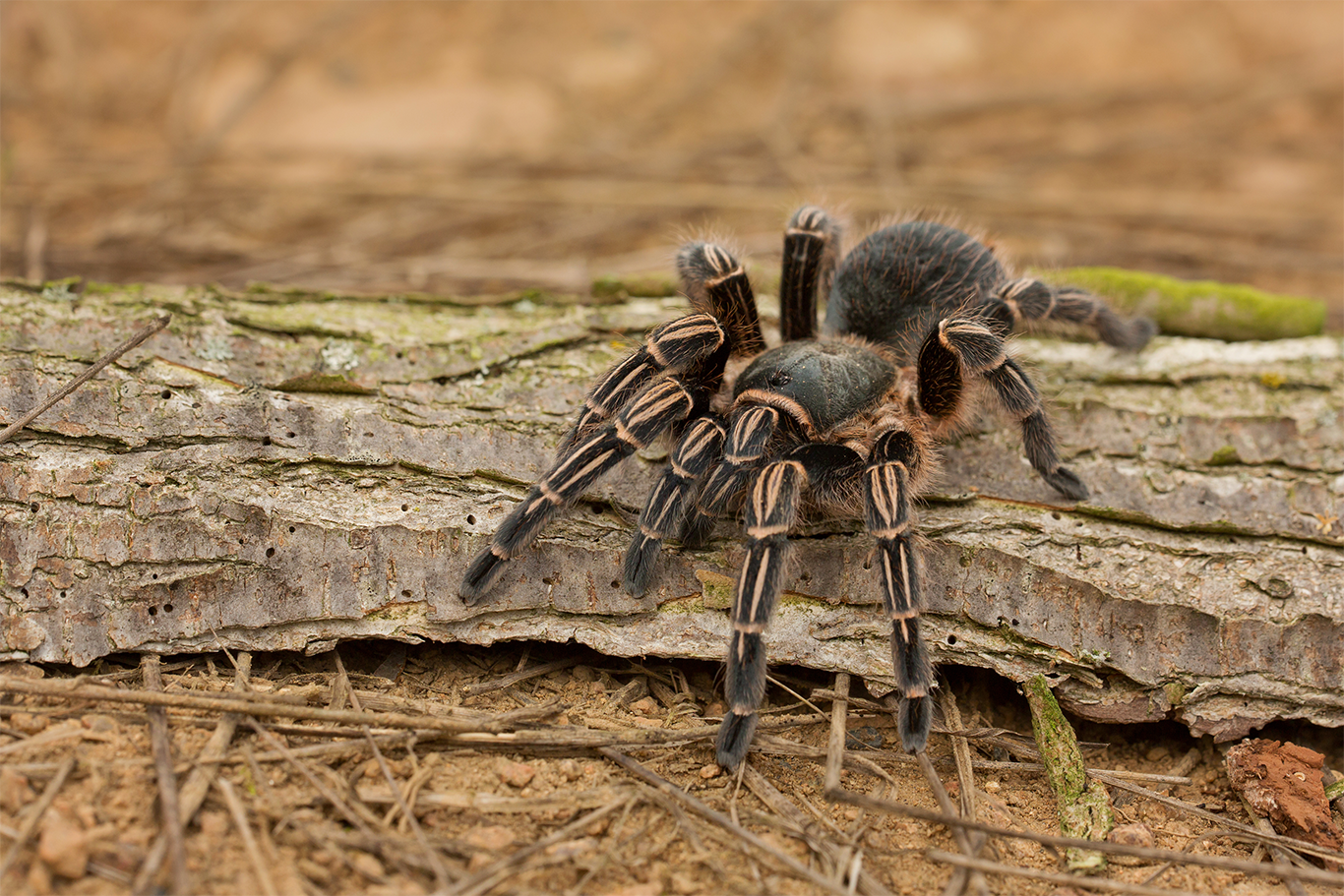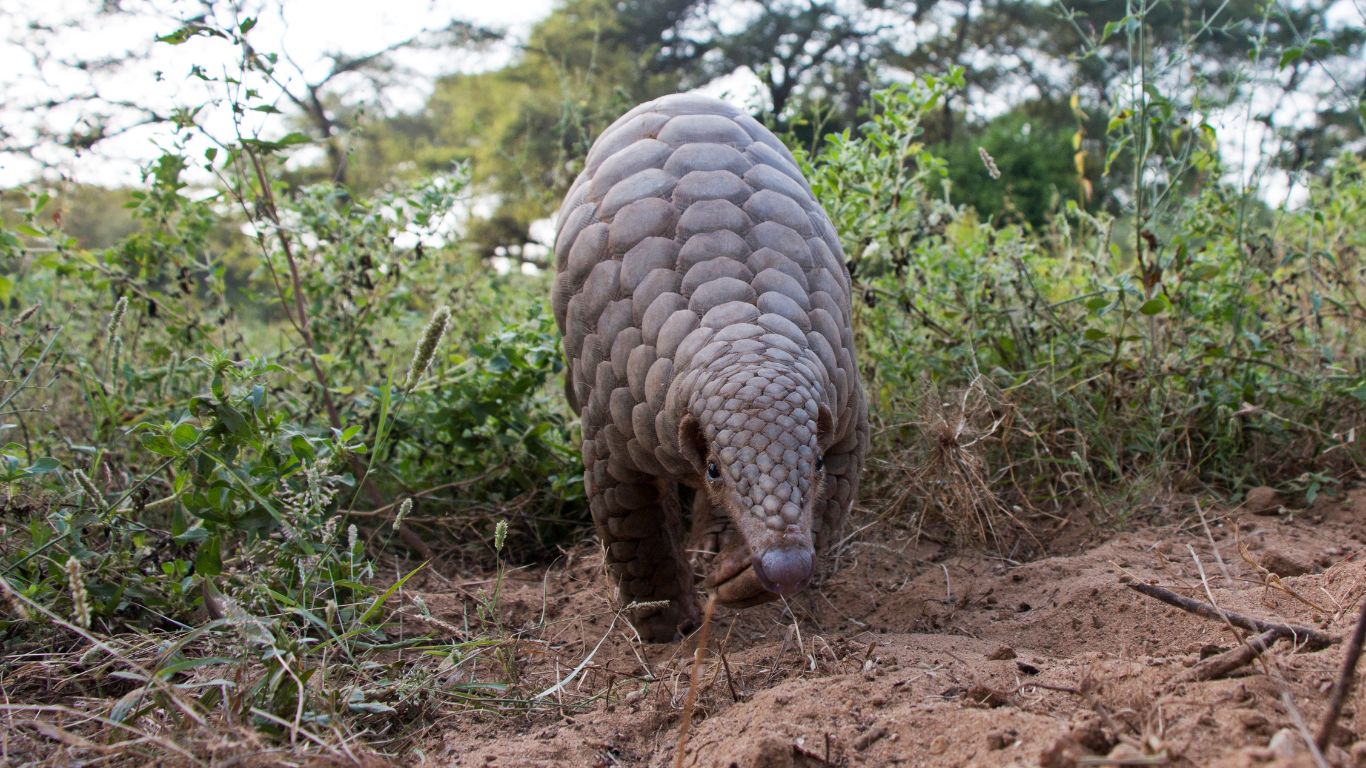Article written by Kaiyo Funaki
Originally published by Yahoo News (Feb 19, 2024)
Nepal’s monsoon season shuts down Chitwan National Park to visitors every year from June to August, but the residual effect of flooded rivers leaves unwanted items that threaten the one-horned rhinoceros that inhabit the forest.
What’s happening?
A study found macro pieces of plastic in 10% of the 258 rhino feces samples collected from 2020-22.
The rhinos were exposed to the plastic after flood waters receded, leaving areas where the creature feeds covered with trash. Locals in Chitwan dump their garbage in landfills situated on the banks of the Narayani River, which allows it to get swept away by heavy rains. Additional pollution comes from tourists and locals who litter in public areas of the forest.
The ingested waste the researchers discovered included plastic balls, soft drink bottle caps, chewing tobacco sachets, polythene bags, product packaging, and masks.
“Chewing tobacco sachets were the most pervasive compared to other items,” said Balram Awasthi, lead author of the study and a doctoral student at the Chinese Academy of Sciences’ Xishuangbanna Tropical Botanical Garden.
However, the researchers surmised that the prevalence of plastic in rhino fecal matter was likely higher than what they reported because they only “documented visible particles and did not usually search entire dungs.”
Why is plastic in rhino feces concerning?
The International Union for Conservation of Nature Red List considers the one-horned rhinoceros vulnerable, with around 2,200 left in the wild. A 2021 census conducted by Nepal lists 752 one-horned rhinoceros in the country’s wildlife sanctuaries.
Though it’s unclear what the long-term effects of plastic ingestion are for the species, Awasthi noted it “could cause problems with their digestion, metabolism, and reproduction.” It may have also been the primary driver of rhino deaths in Chitwan.
“We only looked at plastic that could be spotted with the naked eye. There may be smaller plastic particles that are doing the damage,” he added.
Amir Sadaula, a veterinarian at Nepal’s National Trust for Nature Conservation, couldn’t confirm whether plastic ingestion had killed rhinos in the area but said that it could block digestive processes or leach toxic chemicals into the animals’ bodies.
The research team also found that 18% of the dung samples from the inner, restricted zone of the park contained plastic — three times higher than that of the samples collected from the fringe areas where people live and visit. That likely means the rhinos are transporting plastic from one zone to another, creating an additional problem for other species in the ecosystem.
Regardless, plastic pollution continues to be a pervasive issue for creatures around the world. Autopsies of camels, orcas, and bears have all revealed plastic waste in their systems.
What’s being done?
The conclusion of the study called for comprehensive waste cleanup programs after monsoonal floods to prevent plastic garbage from polluting the areas where rhinos and other creatures forage.
Awasthi also suggested sustainable waste management systems for towns upstream to prevent trash from affecting rhino habitats.







